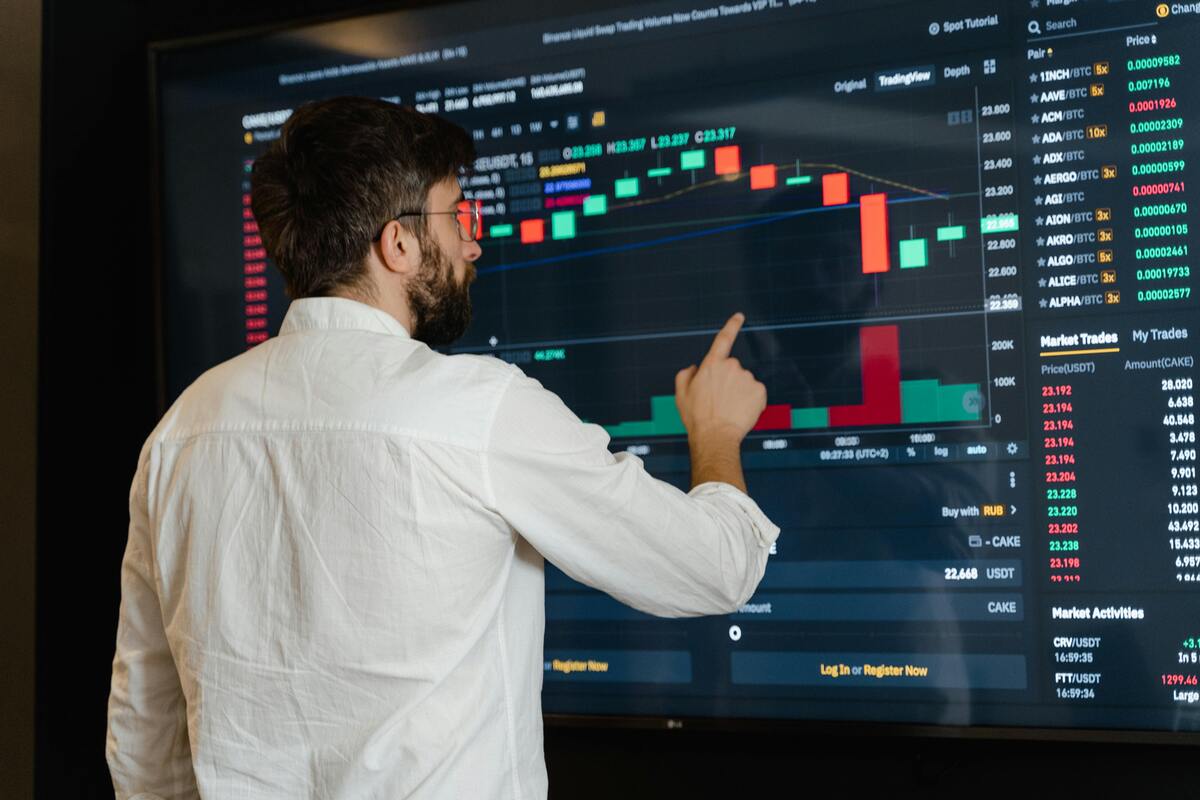If you’ve been trading forex for any length of time, you already know one truth: profits are important, but survival is everything. Without proper risk management, even the best trading strategy will eventually fail. Learning how to manage risk and protect your capital in forex trading is what separates long-term winners from short-term gamblers.
Learn the Secret of Forex Trading, Click here to download a free e-book now
In this guide, we’ll break down practical risk management strategies you can use to safeguard your account and trade with confidence.
Why Risk Management Matters in Forex
The forex market moves fast. Currency prices can swing in seconds, and without a clear risk management plan, a single trade can wipe out weeks of hard-earned gains. That’s why smart traders focus less on chasing profits and more on limiting losses.
Good risk management ensures that:
- You can survive losing streaks without blowing your account.
- Your emotions stay in check because your losses are always under control.
- You give yourself enough time to let your edge and strategy play out.
Remember, in forex trading, capital protection = freedom to trade another day.
1. Never Trade Without a Stop-Loss
The number one rule in forex risk management is simple: always use a stop-loss order.
A stop-loss acts as your safety net by automatically closing a trade once the market moves against you by a set amount. This prevents small losses from becoming account-killers.
👉 Pro tip: Place your stop-loss based on market structure (support/resistance, volatility levels) instead of guessing random pips.
2. Risk Only a Small Percentage Per Trade
Successful traders think in probabilities, not certainties. That’s why they never risk more than 1–2% of their account balance on a single trade.
For example:
- Account size: $5,000
- Risk per trade: 1% = $50
If you hit 5 losing trades in a row, you’ve only lost $250 (5% of your account), not your entire capital.
This simple rule keeps you in the game long enough to let your winning trades shine.
3. Use Proper Position Sizing
Position sizing goes hand-in-hand with your risk percentage. It determines how many lots you should trade based on your account size, stop-loss distance, and risk tolerance. If your stop-loss is wider, your position should be smaller. If your stop is tighter, you can size up a bit.
4. Diversify and Avoid Overexposure
Putting all your money into one currency pair or one setup is a recipe for disaster. If that pair crashes, your account takes the full hit.
Instead:
- Trade different pairs with uncorrelated movements.
- Limit the number of open trades at once.
- Avoid doubling down on losing positions (also known as “revenge trading”).
Diversification spreads your risk and lowers the chance of one bad trade wiping you out.
5. Respect Your Drawdown Limits
Every professional trader sets daily, weekly, and monthly drawdown rules. Once you hit that loss limit, you stop trading and live to fight another day.
For example:
- Daily loss limit: 3%
- Weekly loss limit: 6%
This keeps emotions in check and prevents destructive “tilt” trading.
6. Keep Your Emotions Under Control
Risk management isn’t only about numbers—it’s also about psychology. Fear and greed are the biggest account killers in forex.
- To manage your emotions:
- Stick to your strategy no matter what.
- Keep a trading journal to track mistakes and progress.
- Take breaks after big wins or losses to reset your mind.
Discipline is your strongest defense against reckless trading.
Final Thoughts
If you want to succeed in forex, remember this: the goal isn’t to win every trade, it’s to protect your capital long enough to let your edge play out.
Learning how to manage risk and protect your capital is the foundation of profitable trading. By using stop-loss orders, risking only a small percentage per trade, sizing positions correctly, diversifying, respecting drawdown limits, and keeping emotions in check—you put yourself ahead of 90% of traders who blow accounts chasing quick gains.
In forex trading, the best offense is a good defense.
FAQs on Risk Management in Forex
1. Why is risk management important in forex trading?
Because forex is highly volatile, without risk management, a few bad trades can wipe out your account.
2. How much should I risk per trade?
Most professional traders recommend risking 1–2% of your account per trade.
3. Should I always use a stop-loss?
Yes. A stop-loss is essential to protect against unexpected market moves.
4. How can I control emotions when trading?
Stick to a tested trading plan, journal your trades, and respect drawdown limits.
5. What’s the biggest mistake traders make with risk management?
Overleveraging and trading without a stop-loss.
